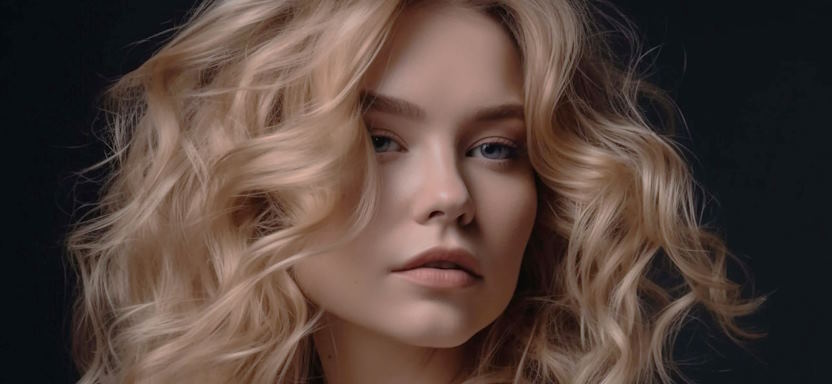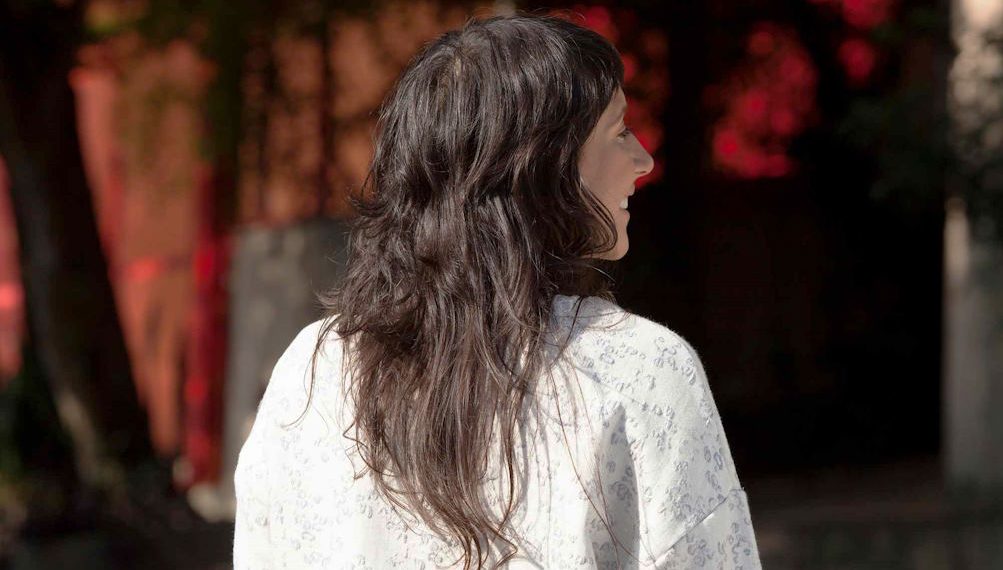The Evolution of Layered Shaggy Haircuts from the ’70s to Today
Ever wonder why layered shaggy haircuts have been a go-to style for decades? These iconic haircuts first made a splash in the ’70s, bringing a fresh, carefree vibe to the fashion scene. From rock stars to Hollywood icons, everyone seemed to be rocking those choppy layers and fringed ends. But the story of the layer shaggy haircuts doesn’t stop there—it’s a tale of evolution, adaptation, and timeless appeal.
The Birth of the Shag: 1970s
The layered shaggy haircut was born in the 1970s, a decade known for its bold fashion statements and experimental styles. This haircut was a direct reflection of the era’s spirit—rebellious, free-spirited, and effortlessly cool. Influential figures like Jane Fonda and Mick Jagger played pivotal roles in popularizing the shaggy haircut. Jane Fonda’s shag in the movie “Klute” became an iconic look that many women aspired to, while Mick Jagger’s tousled locks set the standard for rock ‘n’ roll cool.
The classic ’70s shag was characterized by its choppy layers, voluminous crown, and fringed ends. It was a style that embraced imperfection and natural texture, which was a stark contrast to the more polished and structured hairstyles of previous decades. The cultural context of the ’70s, with its emphasis on self-expression and breaking away from the norm, provided the perfect backdrop for the shag to thrive.

The Shag in the ’80s and ’90s
As the ’80s rolled in, the shaggy haircut evolved to fit the decade’s love for volume and extravagance. The layers became more pronounced, and the overall style incorporated the big hair trend that dominated the era. Celebrities like Rod Stewart and Joan Jett continued to champion the shag, blending it with the glam rock and punk aesthetics that defined their music and style.
The ’90s brought a new twist to the shag with a focus on sleeker, more refined versions of the cut. The grunge movement, led by bands like Nirvana and Pearl Jam, saw a resurgence of the shag but in a more laid-back and less voluminous form. Meg Ryan’s shaggy haircut in “You’ve Got Mail” became one of the most iconic looks of the decade, showcasing how the shag could be adapted for a softer, more romantic look.
The ’80s and ’90s saw significant changes in styling techniques and tools. While the ’70s relied on natural drying and minimal product use, the following decades embraced blow-drying, curling irons, and a plethora of styling products to achieve the desired volume and texture.
The 2000s: Shaggy Haircuts in the New Millennium
The early 2000s brought yet another transformation for the layered shaggy haircut. The style became more polished and layered, appealing to a new generation looking for versatility and ease of styling. Jennifer Aniston’s famous “Rachel” haircut on the TV show “Friends” is a prime example of this evolution. While not a shag in the traditional sense, it borrowed elements of the layered look and made it mainstream.
As the mid-2000s approached, there was a shift towards more textured and natural waves. The shaggy haircut once again found itself in the spotlight, this time embraced by celebrities like Alexa Chung and Taylor Momsen. This era saw a blending of old and new, where the vintage charm of the shag was paired with contemporary styling techniques.
Celebrity influences played a significant role in popularizing the modern shag. Red carpet events and magazine covers frequently featured stars sporting various iterations of the shaggy haircut, cementing its status as a must-have style.

Modern Shaggy Haircuts: 2010s to Today
The 2010s marked a full-fledged revival of the shaggy haircut, but with a contemporary twist. Today’s shag is all about personalization and adaptation to individual hair types and lengths. Whether you have straight, wavy, or curly hair, there’s a shaggy cut that can be tailored to suit your texture and face shape.
Current trends in shaggy haircuts include variations like the “wolf cut,” which combines the shag with elements of the mullet, and the “curly shag,” which celebrates natural curls and volume. Social media platforms like Instagram and TikTok have played a crucial role in popularizing these styles, with hairstylists and influencers sharing their latest cuts and tips for achieving the perfect shag.
The influence of modern hairstylists cannot be overstated. Professionals like Sally Hershberger, who created Meg Ryan’s iconic ’90s shag, continue to innovate and inspire new generations to embrace this versatile haircut.

